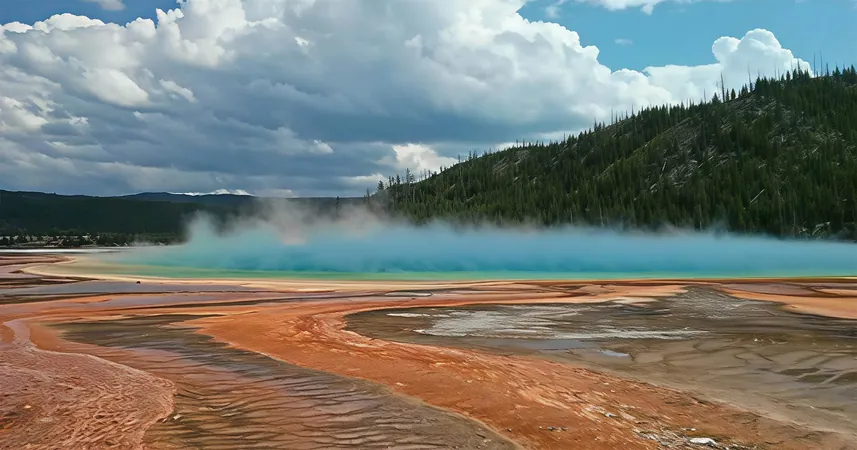
Unveiling Yellowstone's Hidden Earthquakes: Machine Learning Breakthrough
2025-07-18
Author: Olivia
Yellowstone, famed for its stunning landscapes and iconic geological features, sits atop one of the most active volcanic regions on the planet. Well-known as the first national park in the U.S., this stunning natural wonder is now the center of groundbreaking seismic research.
Cutting-Edge Research: A Dramatic Increase in Earthquake Detection
In an exciting new study published on July 18 in the prestigious journal Science Advances, a team led by Western engineering professor Bing Li, alongside researchers from the Universidad Industrial de Santander in Colombia and the U.S. Geological Survey, has harnessed the power of machine learning to thoroughly analyze 15 years of historical earthquake data from Yellowstone's caldera.
This innovative approach has revealed approximately ten times more seismic events than previously recorded, vastly enhancing our understanding of Yellowstone's underground activity.
What Is a Caldera? Understanding Yellowstone's Unique Geology
Yellowstone's caldera, which stretches across Wyoming, Idaho, and Montana, is a massive depression formed by a volcanic eruption that evacuated the magma reservoir beneath it, causing the surface to collapse. This differs from volcanic craters that form after explosive eruptions.
Staggering Statistics: A Comprehensive Earthquake Catalog
Thanks to this innovative research, the historical earthquake catalog for Yellowstone now boasts an astonishing 86,276 recorded events from 2008 to 2022. This extensive dataset paves the way for advanced insights into volcanic and seismic systems that could enhance monitoring and prediction efforts.
The Surprising Insights from Earthquake Swarms
One remarkable conclusion drawn from the study is that over half of the earthquakes detected at Yellowstone occurred in clusters known as earthquake swarms. These swarms, characterized by groups of small quakes occurring close together in time and space, differ from aftershocks that follow major earthquakes.
Professor Li emphasizes the broader implications of these findings: "By understanding patterns of seismicity, such as earthquake swarms, we can significantly improve safety protocols, better inform the public about potential hazards, and even direct geothermal energy projects away from risky areas with notable heat flow."
The Future of Earthquake Monitoring: Machine Learning's Role
Before the advent of machine learning, earthquake detection relied heavily on manual analyses conducted by trained professionals, a slow and costly process that often missed numerous seismic events. The rise of machine learning has sparked a seismic data exploration frenzy, allowing researchers to unearth previously unknown zones of seismic activity.
As Professor Li points out, "The old manual processes just aren't scalable. Machine learning opens doors to fresh insights and a deeper understanding of seismic regions around the globe."
The Science Behind the Swarms: Fractals and Fault Structures
Interestingly, the earthquake swarms beneath Yellowstone’s caldera occur along rough, undeveloped fault lines, contrasting sharply with the mature fault systems in places like Southern California. The researchers examined these swarms through the lens of fractal geometry, revealing self-similar patterns akin to coastlines and snowflakes.
Understanding these complex patterns enhances our ability to analyze how earthquakes might trigger one another. With a far more extensive catalogue of seismic activity available, researchers can now utilize sophisticated statistical methods to identify new swarms and dive deeper into their behaviors.
Conclusion: A Leap Forward in Seismic Research
This study not only enriches our knowledge of Yellowstone but could also serve as a model for seismic studies worldwide. As research continues to evolve, the insights garnered from this extraordinary landscape might lead to safer communities and better geothermal energy harnessing across the globe.
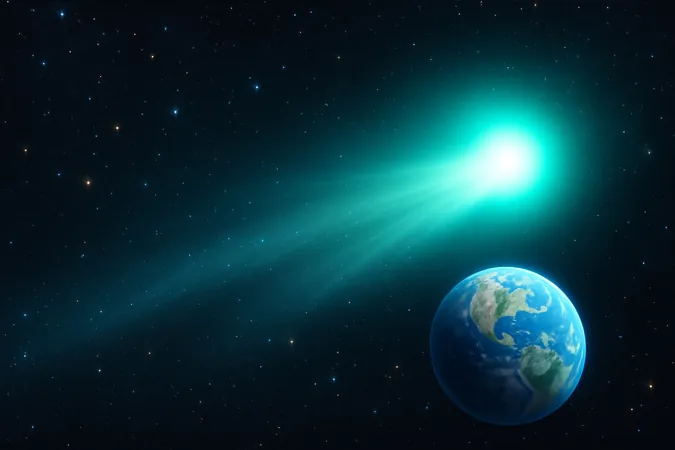


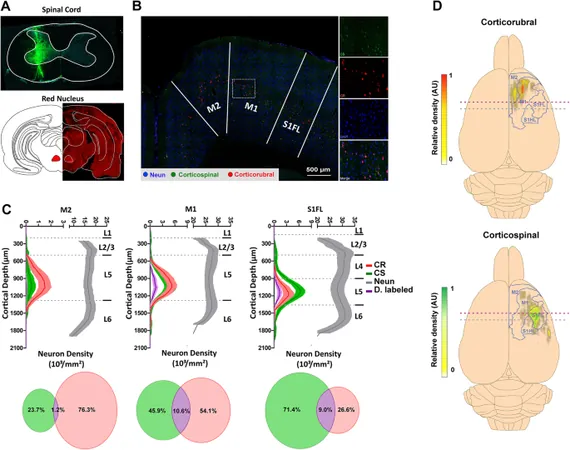
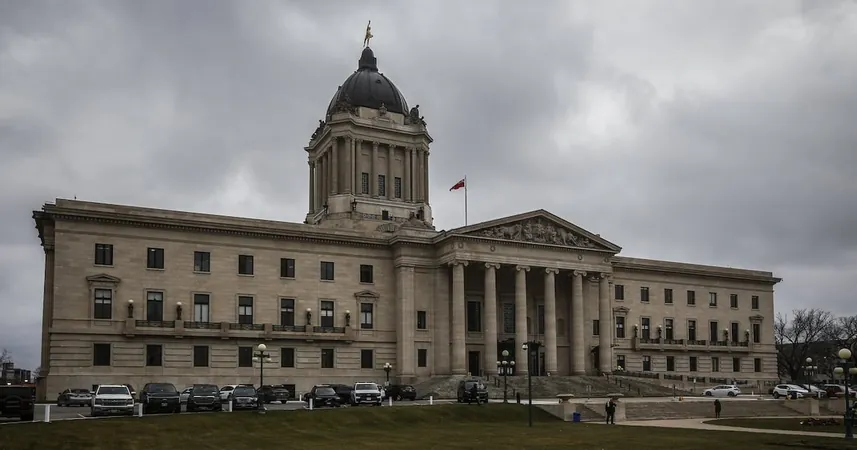



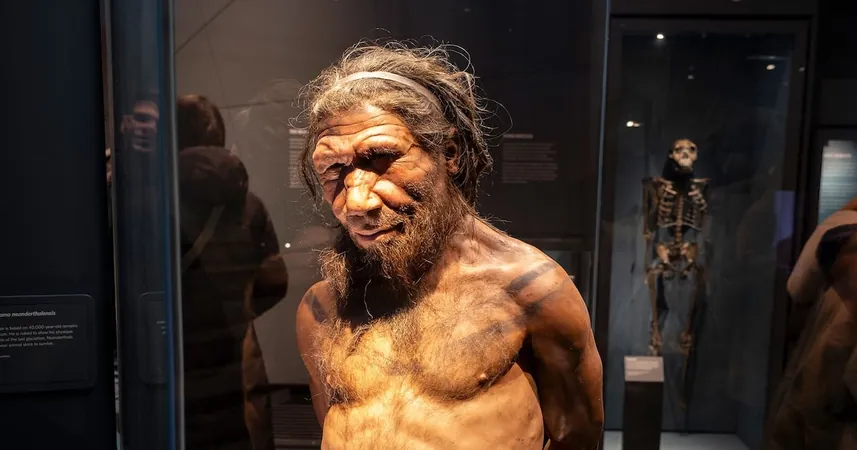
 Brasil (PT)
Brasil (PT)
 Canada (EN)
Canada (EN)
 Chile (ES)
Chile (ES)
 Česko (CS)
Česko (CS)
 대한민국 (KO)
대한민국 (KO)
 España (ES)
España (ES)
 France (FR)
France (FR)
 Hong Kong (EN)
Hong Kong (EN)
 Italia (IT)
Italia (IT)
 日本 (JA)
日本 (JA)
 Magyarország (HU)
Magyarország (HU)
 Norge (NO)
Norge (NO)
 Polska (PL)
Polska (PL)
 Schweiz (DE)
Schweiz (DE)
 Singapore (EN)
Singapore (EN)
 Sverige (SV)
Sverige (SV)
 Suomi (FI)
Suomi (FI)
 Türkiye (TR)
Türkiye (TR)
 الإمارات العربية المتحدة (AR)
الإمارات العربية المتحدة (AR)